A fully decentralised system requires a truly decentralised wallet, which the Algobitz team can create according to your requirements. We’ve built both custodian and non-custodian DeFi wallets and have a lot of experience with both.
With our outstanding DeFi Wallet Development Solutions, you may enter a lucrative DeFi industry and own a go-to DeFi Wallet for all crypto transactions. A secure Defi wallet is required for the seamless and effective operation of Defi protocols such as lending and borrowing, swapping tokens, providing liquidity, and so on. Because Defi is a permissionless and independent system with neither government or customer support, all users require a secure, impermeable, and safe wallet.
DeFi has become a new trend, and everyone is hopping on to it. And to be fair, why wouldn’t they? DeFi is the future of finance, and it is reshaping the sector every single day. For those of you who do not know what DeFi is, it is a revolutionary financial system based on distributed ledgers similar to the ones used by cryptocurrencies. The system decentralizes authority over money, financial products, and financial services from banks and institutions.
It does not come as a surprise that DeFi has quickly established itself as a viable alternative to traditional banks, brokers, exchanges, and other financial institutions. As a result, the value of assets locked in DeFi-protocols soared by 2000% in 2020, reaching $13 billion (the market expanded to $ 55 billion in the first half of 2021). At the same time, DeFi wallets have become the primary beneficiaries of the industry’s growth, since they are the intermediaries between consumers and decentralised financial services, demanding a small service fee.
Not just this, but several other benefits make DeFi stand out. It’s these features that have encouraged so many current users to jump on the DeFi wagon and learn more about DeFi wallet development.
If you’re one of them, keep reading because we have something that might help you.
Set Your Project Goals
First and foremost, you must establish which DeFi wallet you desire. What exactly should it offer – what tasks should it resolve for the user? To accomplish so, you’ll need to do a market, intended audience, and competitor assessment. This way, you can figure out whether you need to design software from scratch or just create a script replica of the well-known DeFi wallet, saving you a great deal of time and resources.


Decide the type of DeFi wallet
The next step is to decide the kind of wallet that would suit your requirements. The list includes:
Desktop wallets
Web Interfaces
Hardware Cradles
Mobile Wallets
Architecture Design
The next stage is to assess where your DeFi wallet will be hosted (on local servers, in the cloud, or as a hybrid), which blockchain it will leverage, which tokens it will accept, and which other systems it will integrate. Furthermore, you must choose whether your wallet will save user funds and private keys (and how).


Platform Design
The next step is to form the wallet’s user interface. You must build the fundamental principle, user flow, colour palette, tone of voice (ToV), and other factors.
Encoding the Wallet
The framework, design, and usability of your DeFi wallet are coded by front-end, back-end, blockchain, and mobile developers. It is where your wallet will take its final shape.


Testing the Wallet
Make sure the wallet you’ve developed has passed the required testing for durability, usability, security, and functioning under high loads before launching it. You may grow the wallet and even incorporate it with other technologies like third-party DeFi protocols, AI, Big Data, IoT, and others, once all major challenges are addressed.
Defi is an intriguing use case for quickly experimenting with new financial solutions while minimizing friction. It is a significant step toward democratizing financial product access and the development of new ones.






